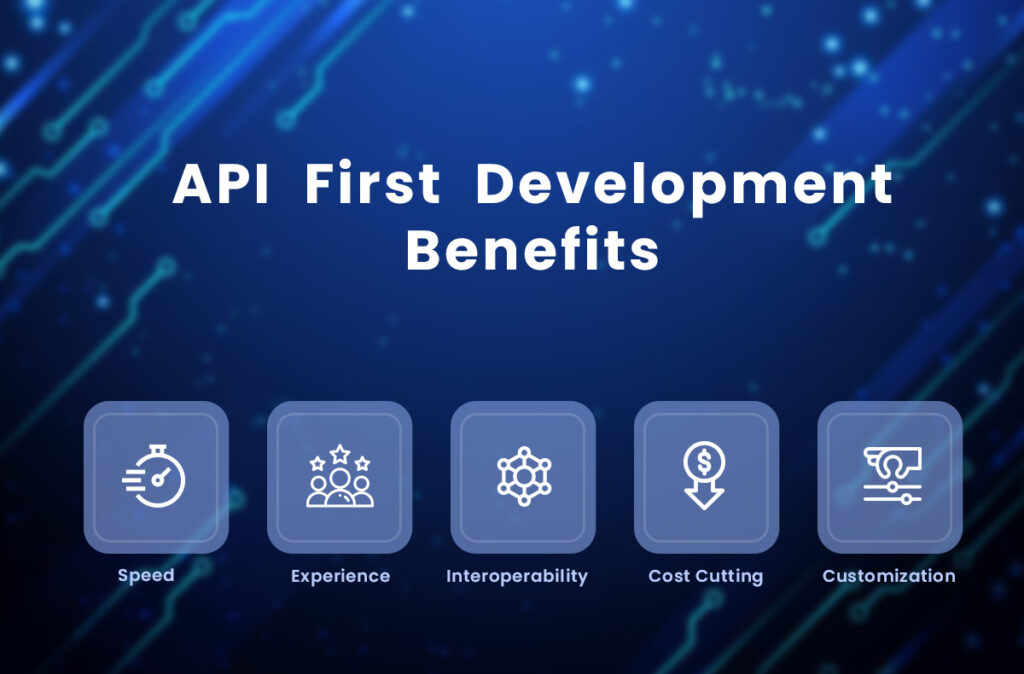Introduction:
The software development landscape is undergoing unprecedented changes; We’re seeing a shift towards a more connected, process-driven approach to software development, and API-first development is at the heart of it all. As software innovation continues, organizations are looking for greater connectivity and flexibility in software systems where API-first development occurs.
What is API-first development?
API-first development is a method where API definition precedes software design and development. This approach replaces the traditional software development process, where applications are developed first and APIs second. By providing APIs first, companies can ensure they are creating software that is highly connected, flexible, and able to adapt to business changes.
Why use API first development?
An API-first approach has many advantages for creating future-proof and high-quality data. Initially, API-first development advocated a contract-first approach. By defining the API upfront, developers and stakeholders can agree on how the software should behave, reducing the need for late updates.
The second is to promote freedom and development forever. When the API is predefined, front-end and back-end developers can work independently because they know what to expect from the API. They can use a dummy engine to simulate the functionality of the API while building the real system.
Three supports compatibility of many applications. Since all applications will use the same API, users benefit from a consistent experience across multiple platforms.
This process also supports early detection of problems and errors. By designing and testing your API first, you can detect and resolve potential issues early in the development process and prevent these issues from escalating.
Creating Internet-Connected Software Systems
API-first software development is suitable for seamless integration of various software components, allowing organizations to more easily create Internet-connected systems. A well-defined API acts as a bridge between different software, allowing them to communicate and work together. This connection supports business processes, increases efficiency and supports business growth.
Flexibility – Big Gain
Easy API-first development access to software systems is crucial. This approach allows the company to easily expand and add new products and future-proof its technology. APIs make software systems more flexible and can be updated according to business changes.
In addition, this development method facilitates reuse as new applications can use existing APIs, thus simplifying the software development process and reducing costs.
The Way Forward
As the digital world continues to evolve and innovate, the need for interactive, flexible and adaptable software will never go away. By adopting an API-first approach, companies can stay ahead of the curve and develop robust software that can adapt and adapt to changing needs.
Conclusion:
API-first development is not only a challenge, but a fundamental change in the way we develop software. It is about positive thinking that looks beyond immediate needs and encourages integration and change. By putting APIs front and center, we can create seamless, adaptable and connected software systems that are ready to support digital growth.

